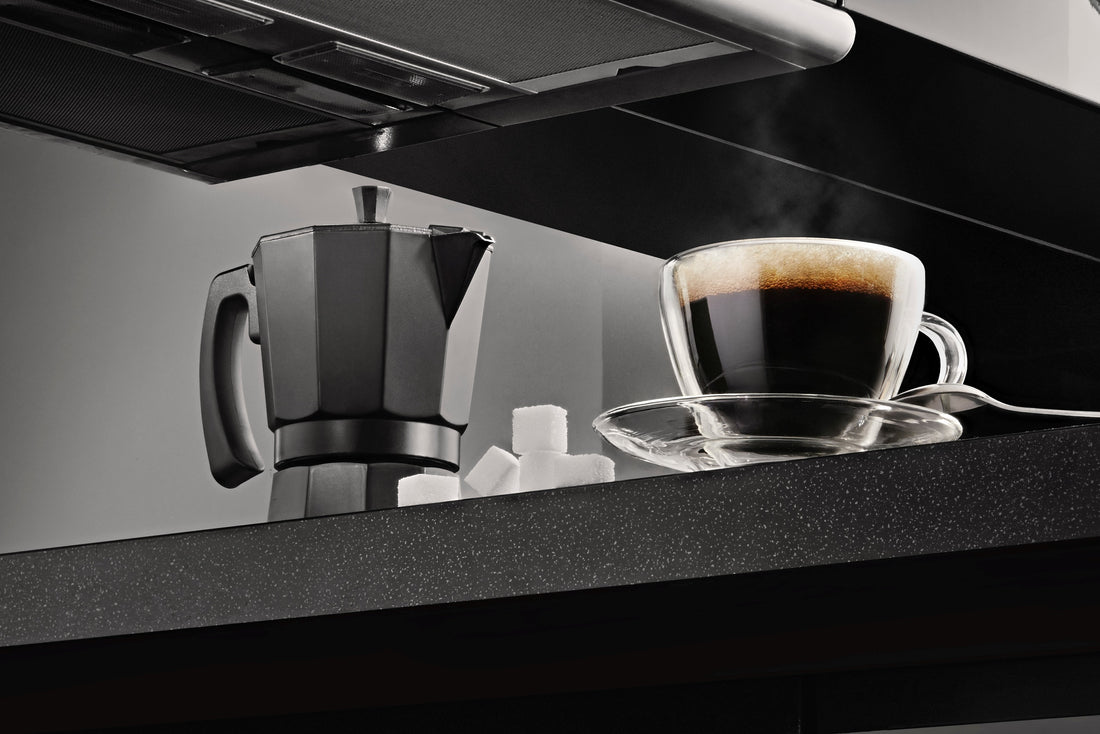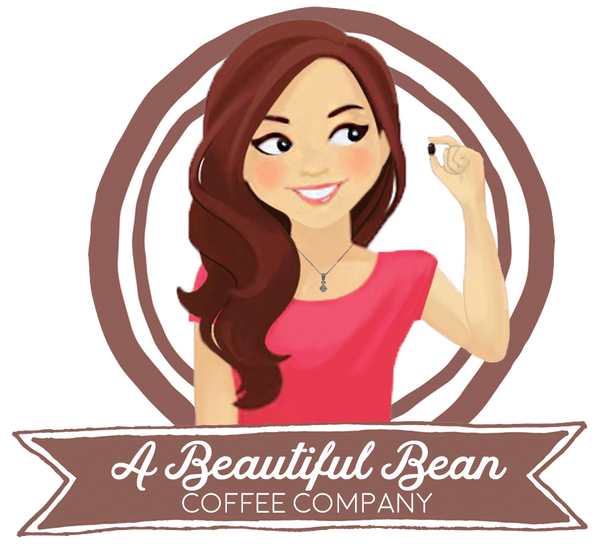
What is the fourth wave coffee movement and where do you fall?
Share

There has been quite the awakening in coffee drinkers over the last century and even more so over the last few decades. So much so that the evolution has been described in waves. From the first wave (think a can of stale Folgers in your parents freezer), through the rising popularity of specialty drinks at Starbucks, to the demand for high quality, ethically sourced specialty coffees that many coffee lovers demand today. I believe that as individuals we each fall somewhere different in the “waves” of coffee and we each grow and evolve at our own pace. Just the way my taste in wine over the years has evolved from the sickeningly sweet wine that I enjoyed in my early 20’s, to now enjoying a much drier pinot noir, I believe our coffee palate will evolve too if you let it.
So historically, what were the four waves of the coffee movement?
First wave coffee:
The first wave of coffee was when coffee became available to the masses and became a staple of the American household. It dates back to the 1800’s when mass coffee consumption began in the U.S , and lasts until the early 1960’s, making it the longest wave by far. Coffee was brought to the new world by the British in the mid 17th century, but it wasn’t until the Boston Tea Party in 1773 that led to a mass switch from tea to coffee among the colonists. In the early 1900’s brands like Folgers and Maxwell House made ground coffee available to the average individual and coffee sales in the U.S boomed. There was one problem during the first wave though: the coffee didn’t taste good. Coffee was considered a commodity good and coffee traders were more concerned with driving a profit than achieving good quality. The beans were average at best, often using lower quality Robusta beans, and were sourced from anyone that could produce large quantities.Consumers didn’t seem to mind though. First wave coffee is the inexpensive, easy option for people who just want a basic pot of coffee to give them the caffeine to get them through the day.
Second wave coffee:
By the 1960’s it appears that people were ready for a change. In 1966 Pete's Coffee and Tea opened it’s first store in California and Starbucks followed in 1971 in Seattle. These companies and other smaller ones like it shifted the focus of our coffee consumption to taste and experience. They tried to source higher quality beans from different origins and people noticed the difference in flavor. Many second wave coffee producers can tell you what country your morning brew was sourced from, and consumers began to notice different flavor notes from different regions. Some second wave coffees are organic, some are fair trade, but that is not always the case. Espresso quickly became more popular and terms like Latte, and Barista became common.In 1978 Erna Knutsen coined the term “specialty coffee” to describe this change in direction. To define and standardize this new language, The Specialty Coffee Association was formed in 1982. The second wave coffee chains didn’t just sell coffee though, they sold the experience. Coffee wasn't just a necessity anymore. For many people it became an event and and the large corporations capitalized on selling people that experience.
Third wave coffee:
In the early 2000’s consumers began to sense the focus had shifted off of the coffee and onto sales and were ready to shift the focus back onto the coffee: thus the third wave was born. Consumers began to realize that just like fine wines, bourbons and craft beer, the coffee beans had a backstory and that conditions needed to be just right to achieve the perfect cup. Coffee connoisseurs developed the mindset of wine enthusiasts in describing the unique qualities of specific coffee beans and all of the factors (and there are many) that effect those qualities. These factors include the variety of coffee beans, the climate of the growing region, type of soil the trees are grown in, altitude at which they are grown, type of processing and drying and so on. In many ways there are more variables that go into the perfect cup of coffee than into wine or bourbon. Starting with the farmer, then to the roaster and finally to you the consumer, as you play a large part of that process if you brew your coffee at home. In the third wave coffee became a craft, an art form to be perfected.
Fourth wave coffee:
So what is the fourth wave then? It’s a little trickier to see because many people believe that we are in the middle of it. But generally speaking it seams consumers want to know exactly what region or farm their coffee is coming from and that the coffee is ethically sourced, organically grown and fair trade. We want a high quality cup, brewed to perfection with all of the best brewing methods, but we want to know that the farmers who work their butt off to bring us this coffee we crave are getting rewarded for it. The good news is that there are many companies out there like mine, that are committed to making sure that happens. Companies that make sure that their products are ethically sourced and that the farmers are getting a fair price for their goods. Ecommerce also appears to be a big player in the fourth wave, as you now have these amazing craft coffees available to you online and delivered fresh roasted in just a few days time. Never in history have we had such access to so many varieties of specialty coffees, various roasts and been able to have them delivered so promptly.
Shop our single origin, organically farmed coffees
I can honestly say that I know people in every coffee wave, and that is perfectly okay. I know of so many people out there that absolutely love coffee that are die hard Folgers fans and are not the least bit interested in exploring any other coffees out there. There are some people out there that say bitterness is part of coffee and that it should be bitter or it’s not really coffee. I personally am ecstatic to have discovered the unique flavors of higher quality coffee beans. I started out drinking coffee that was low quality, bitter, and readily available on the grocery store shelf. I thought that was the way all coffee tasted, so I just added a ton of creamer and powered through! I love that I have discovered that there are better coffee beans out there and that I can actually say that I enjoy black coffee now! Well, certain ones anyway. While I definitely don’t claim to be a coffee connoisseur, I can tell that my palette is slowly becoming more sophisticated, and sometimes I can actually pick up on those flavor notes listed! I enjoy trying coffee from different regions and seeing if I can pick up on the subtle nuances between them. Most of the time though, I just know if I like the coffee or if I don't and I couldn't really tell you why! I think it’s great that there are so many options out there now, and you can be as informed and as adventurous as you want to be. I don’t think that there is a wrong wave to be in. After all, it’s all coffee and you should drink whatever makes you happy!!
A Beautiful Bean Coffee Company Home page
More from A Beautiful Bean Coffee Company Blog.
Shop our whole coffee beans, organic k-cups , or our coffee sampler.


